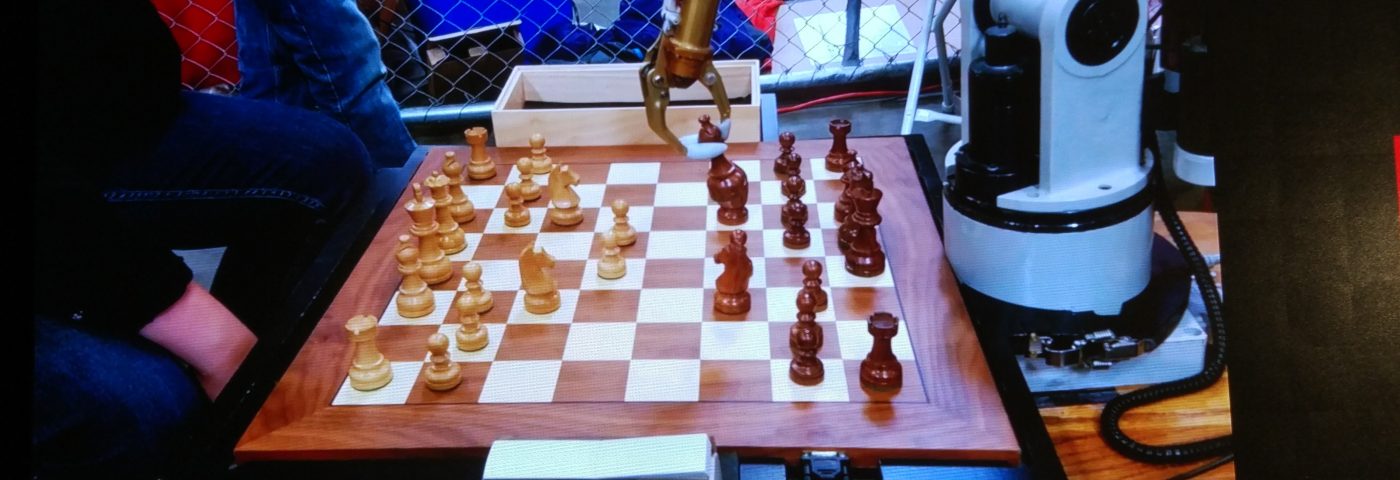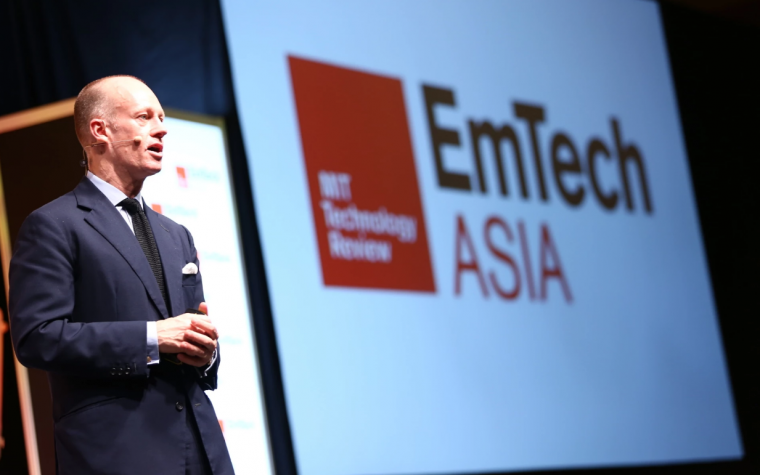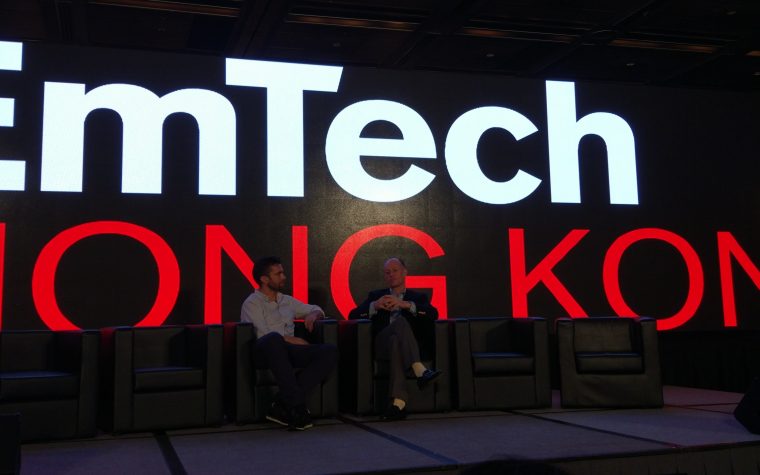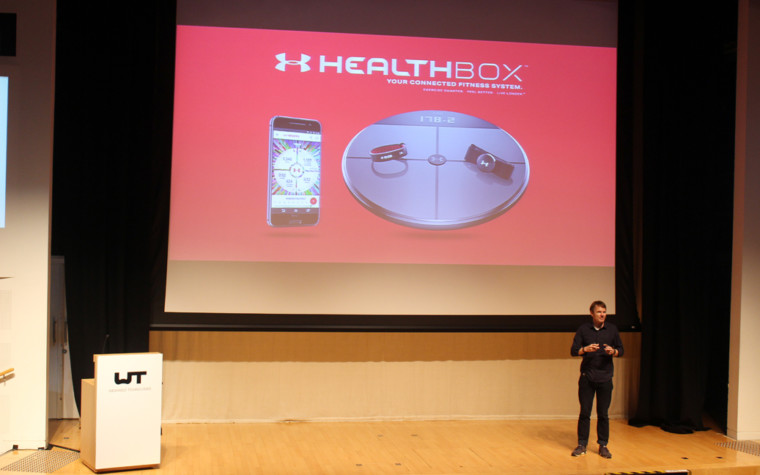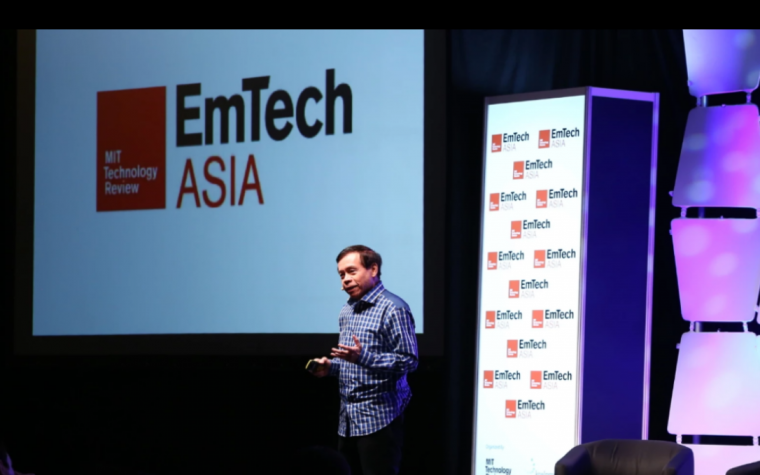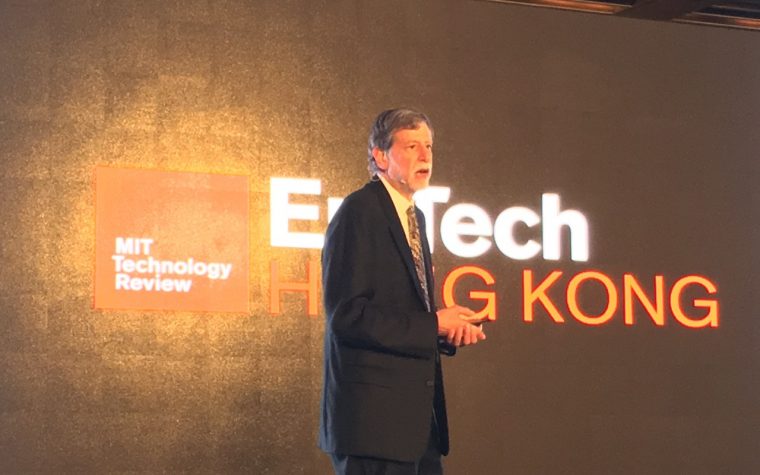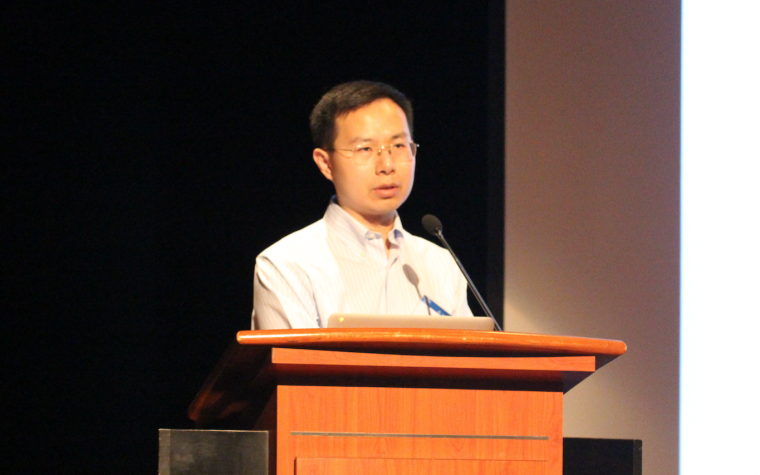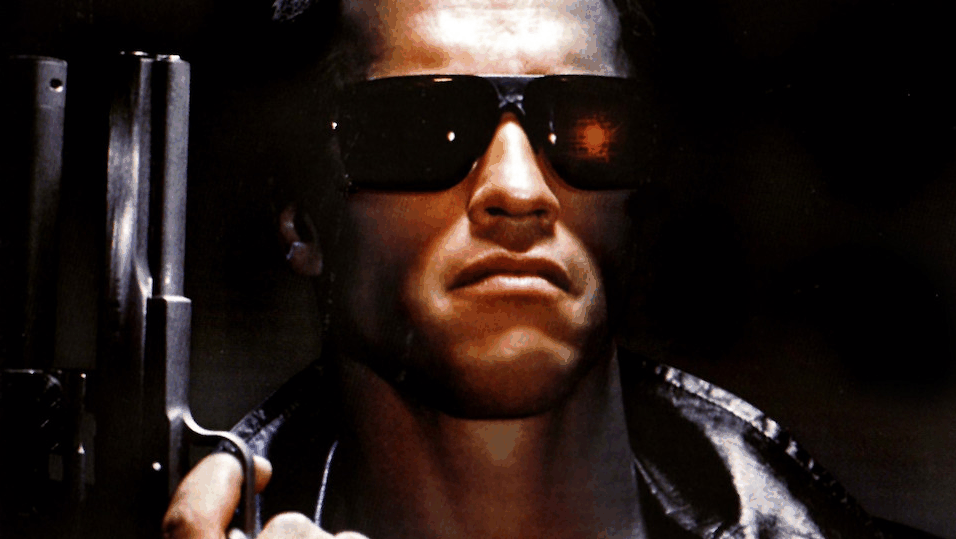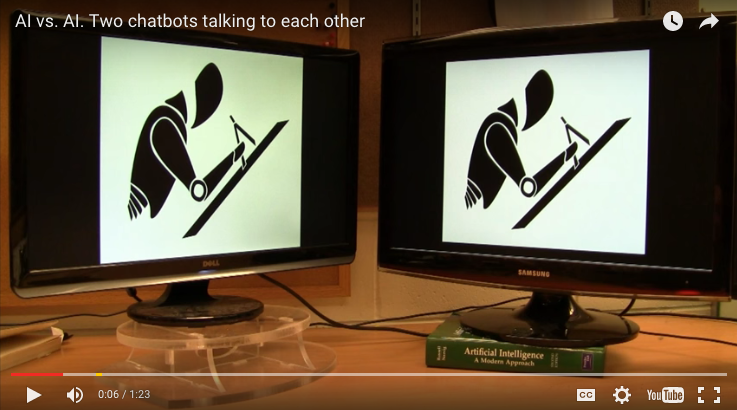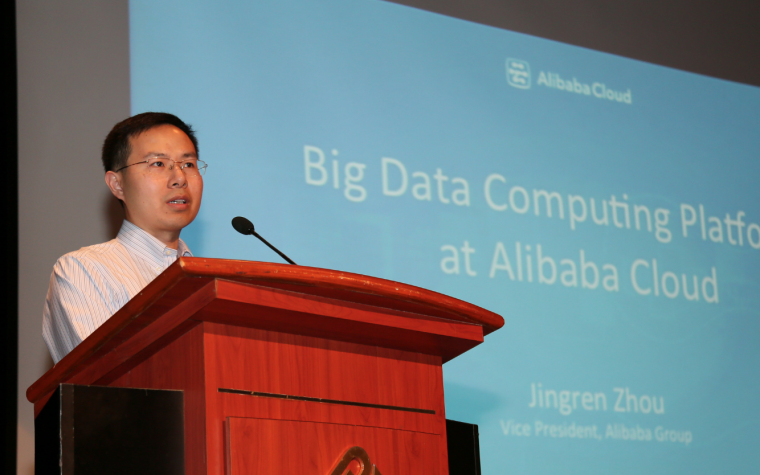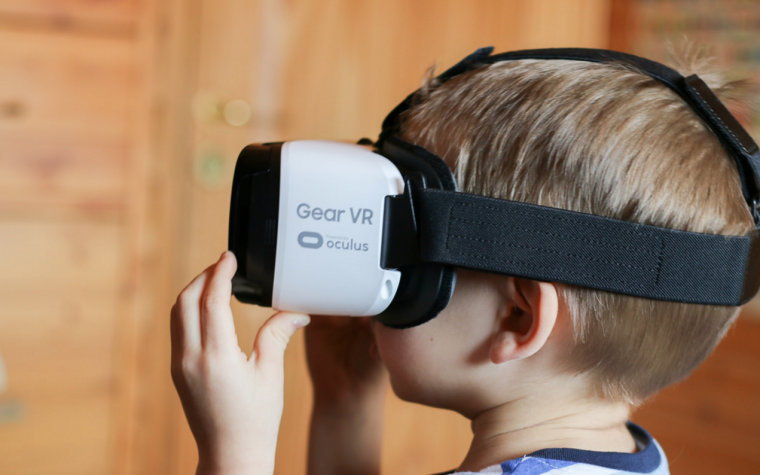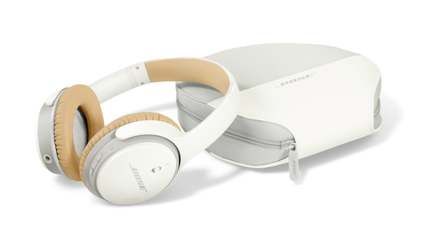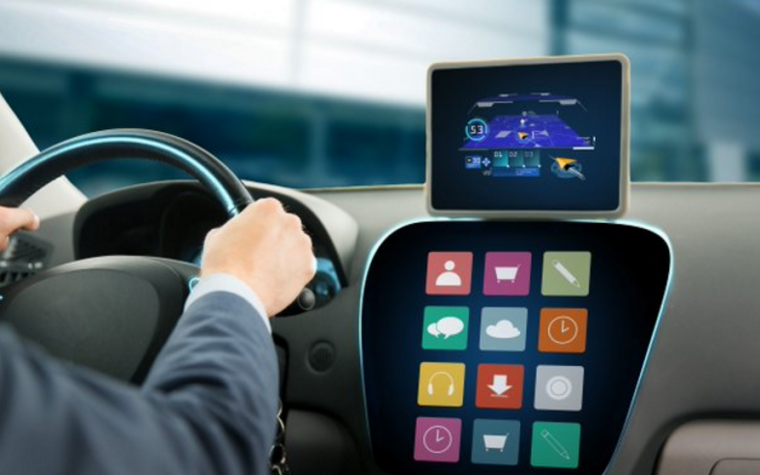EmTech (MIT Technology Review) Conference invited interesting speakers from Baidu’s Institute of Deep Learning (IDL), Insights Robotics, Universal Robotics, and In The Making:
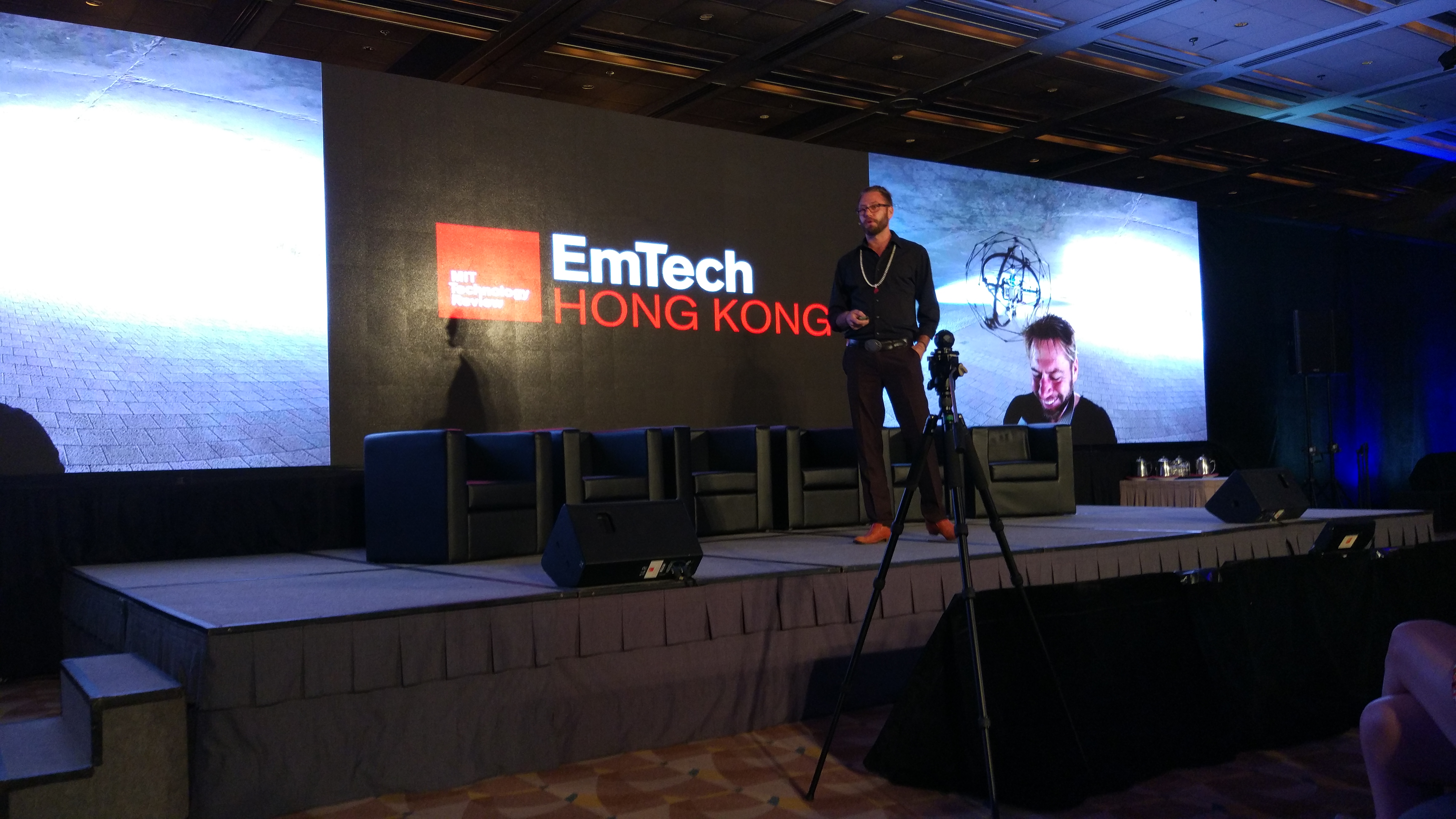
Mike North, the Host of In The Making, presented the BOOMcast, it is an Internet of Things 3D Printed leg cast with embedded electronics that allow doctors to monitor the leg’s physical state from anywhere in the world.
The following technologies are used:
- 3D-printed body and functional ratcheting straps (FDM Nylon 12 for impact strength and durability)
- Sole of cast built in PolyJet multi-materials (rigid substructure with rubber-like cushioning)
- Custom fit from digital body scan (FARO ScanArm)
- Bluetooth-enabled speakers by Boombotix
- Intel Edison (WiFi-enabled) powered by SparkFun, Adafruit, and Arduino
- Gyroscope, accelerometer, and magnetometer
- Force sensitive resistors
- Real-time data transfer to the cloud
- Multi-color LED feedback
- Hardware inserts
- Additive manufacturing equipment used include Fortus 900mc and Objet500 Connex3
The BOOMcast leg cast is removable, lightweight, and robust as it will expand to cater for swelling that happens during commercial flights.
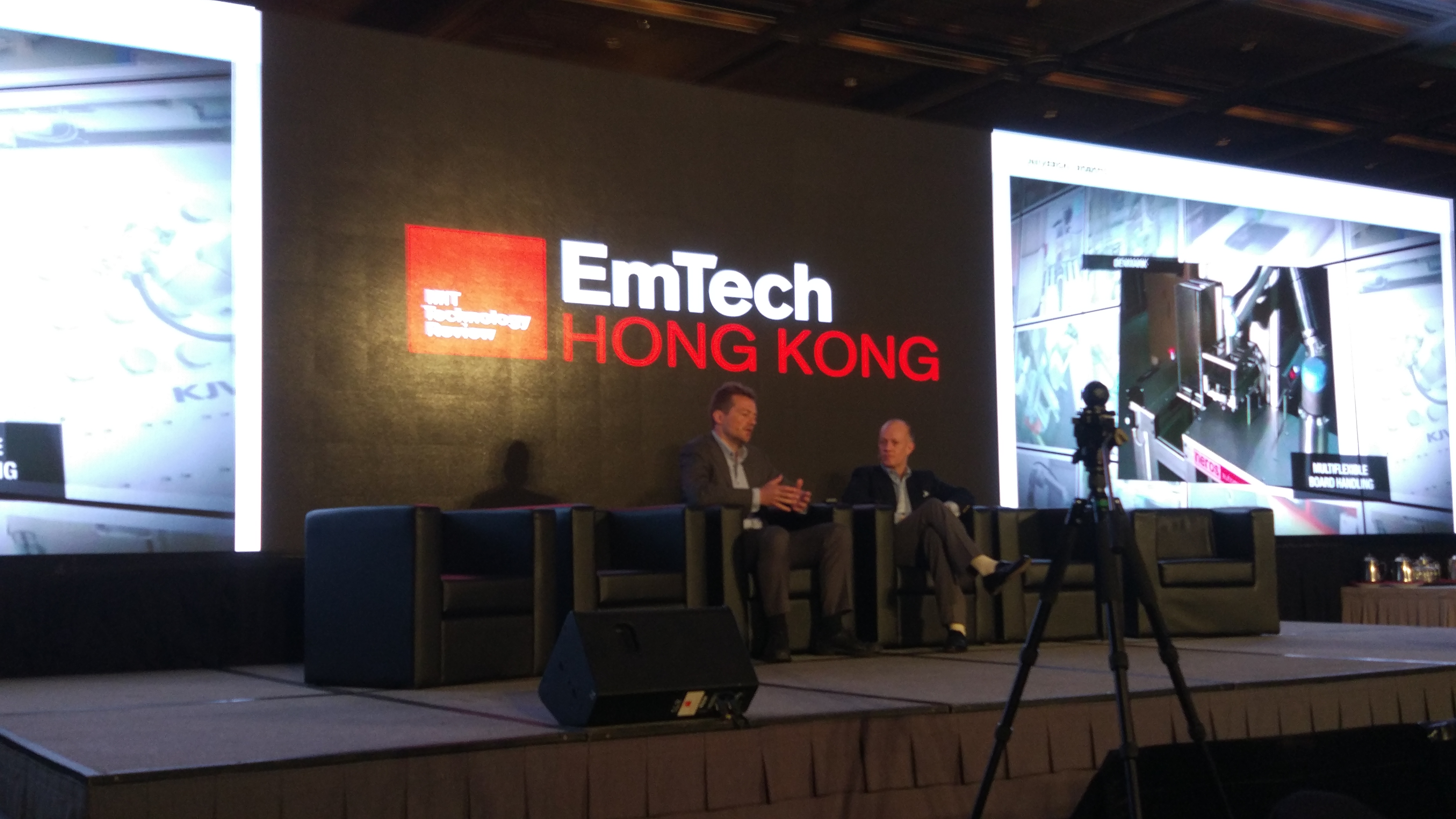
Esben H. Østergaard, Founder and CTO of Universal Robots, stated that the revenue of the robot market doubles every year, implying that the use of robots in production is alot more common than before. He also discussed the history of robotics, from the 3rd Century BC’s Philo of Byzantium, Washstand Automation, Year 1092’s The Cosmic Engine and Clock Tower, to the first real Collaborative Robot in 2009. The industrial revolution created a gap in manufacturing as the human aspect is now missing. The effects of the Industrial Revolution are two-folds:
Mass Customization
– Making products not on a massive scale, but in a customized or personalized manner.
– Items suited to small number of users.
Reshoring
– In order for a country to get income, it must export. It is not enough to export knowledge. We need to export knowledge embedded in products.
To close the gap, the next Industrial Revolution would be us wanting human knowledge, creativity, and customer understanding to be embedded in the products we produce.
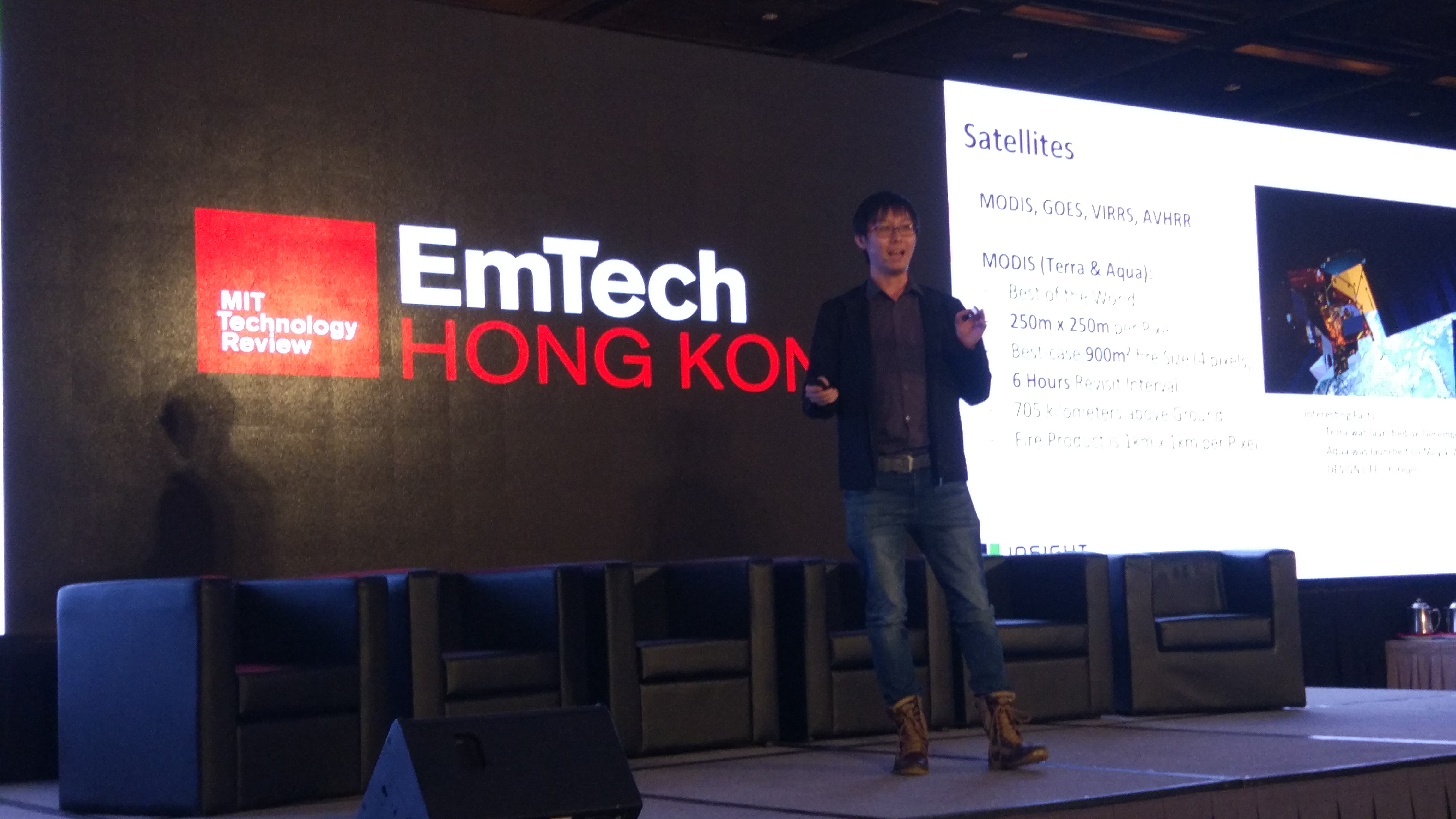
Rex Sham, Co-Founder and Chief Science Officer of Insight Robotics, introduced his robot which can be used to detect forest wildfires. In the past, forest fire watch was performed by human beings working at watchtowers, through closed-circuit television surveillance, and automatic smoke detectors. However, these methods could lead to alert delays, or simply too costly for detecting countrywide forest fires.
In this respect, Rex developed a Heat-Based Detection Solution, which uses thermal imaging cameras and sensors mounted on UAVs, Satellites and terrestrial robots. He used satellites to improve detection accuracy and his methods were thoroughly tested. His product was copied by many factories but no one could copy well, because his robots have self-learning capabilities.
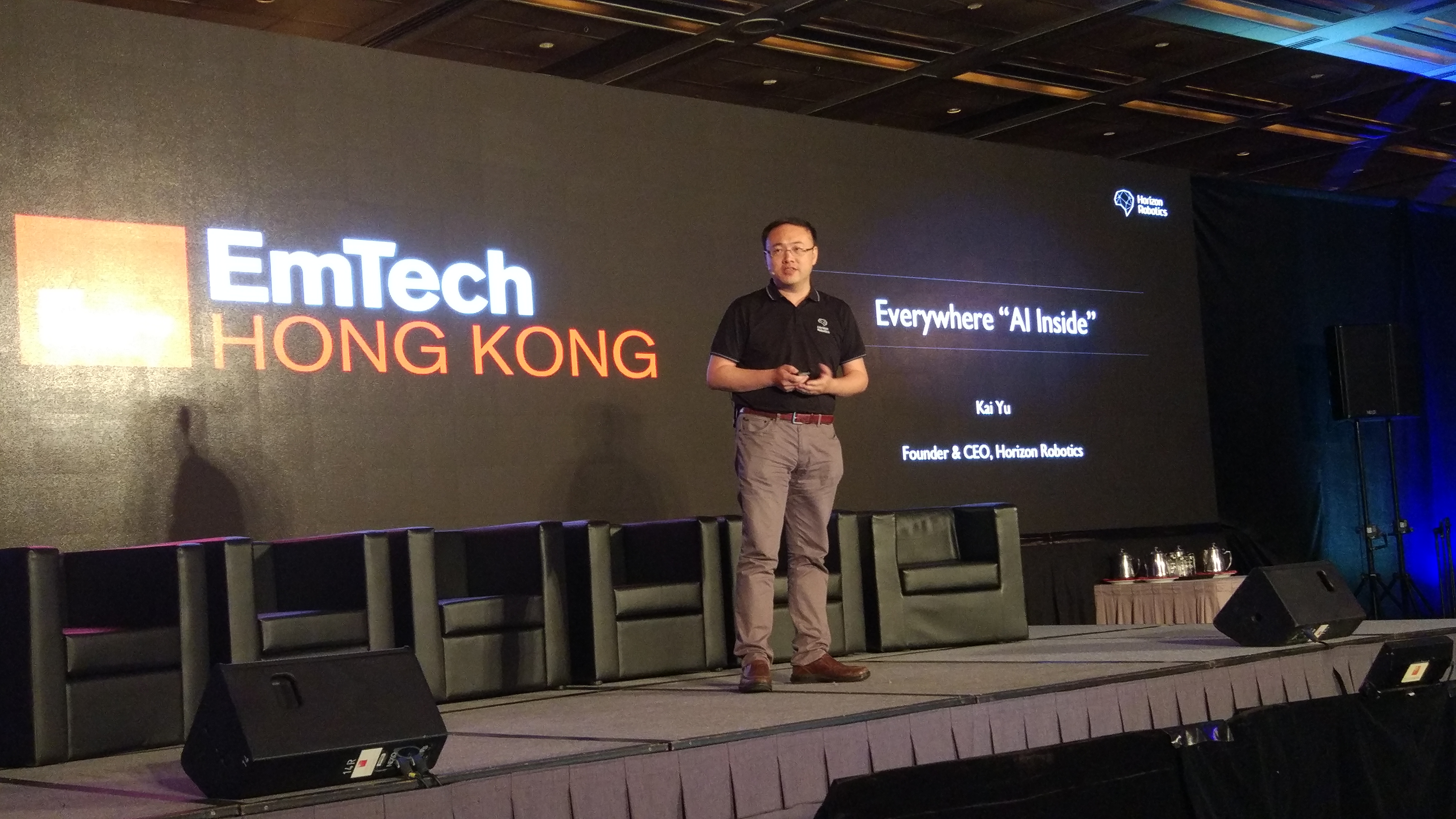
Kai Yu, Founder and Chief Executive at Horizon Robotics, Founder of Baidu’s Institute of Deep Learning (IDL) expressed his views on the revolution of AI. He suggested that AI nowadays has entered a new era, it is both physical and virtual, as if a new type of species has emerged, AI is not an extension of human capabilities but can make decisions automatically. He highlighted that robots need APIs to connect with Vision, Speech, Language, Control and Deep Neural Nets platforms. His product is a Pedestrian Detection System which can identify cars and humans separately in crowded scenes using only single deep neural network.
It is believed that by 2025, everyone will have on average 10 smart devices. In other words, we will be surrounded by more than 60 billion smart devices. Presumably each device needs a brain that has an on-device part and a cloud part, this results in a market of 100 billion USD.

